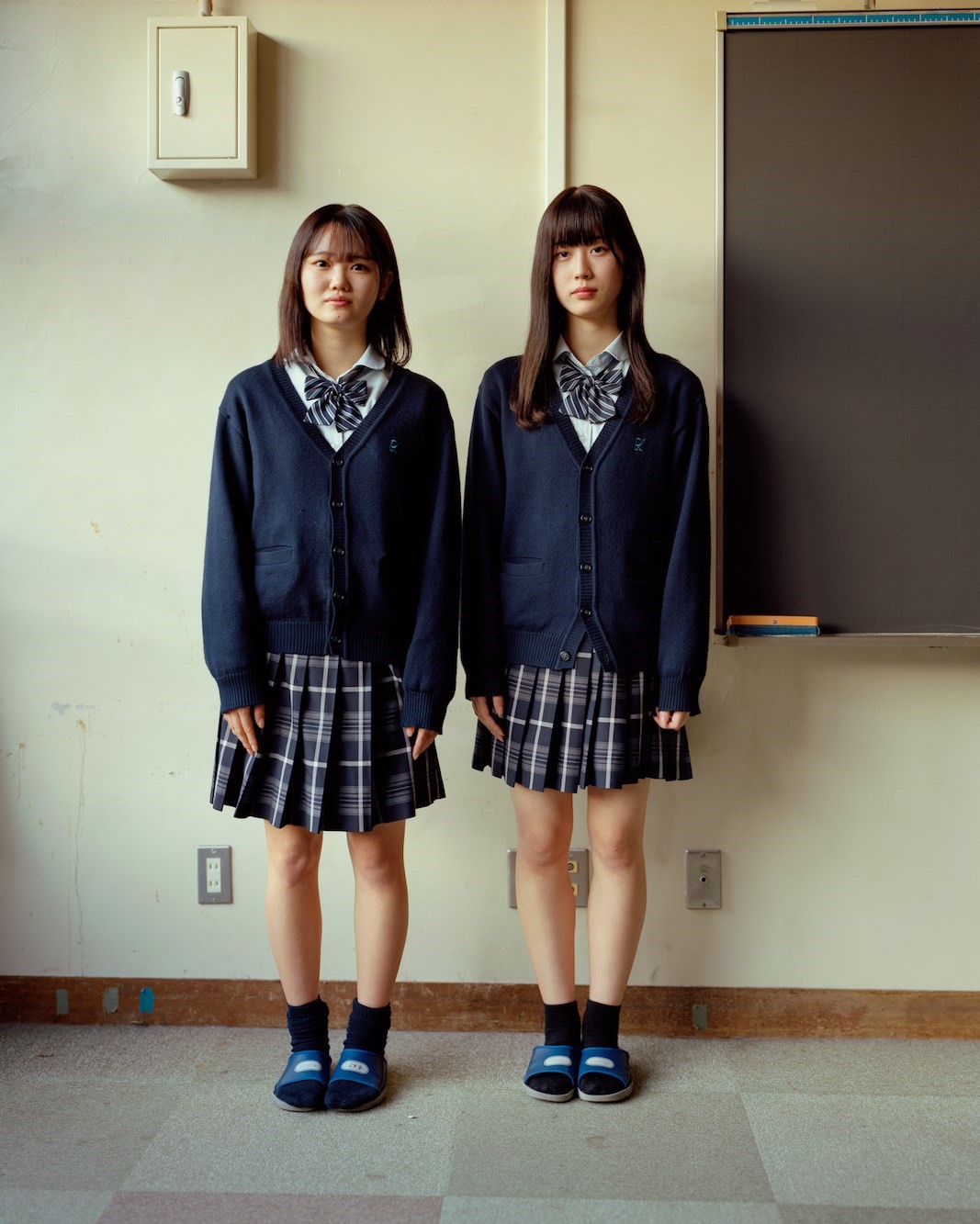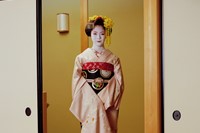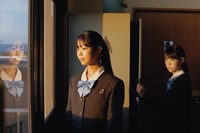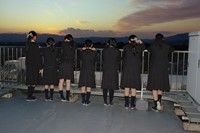Coco Capitán describes herself as a “shy photographer”. “I’m a photographer that doesn’t push the subject in any way,” she says over coffee in Stoke Newington, London. “Sometimes I leave with the impression that I missed a good photograph because I didn’t want to break the moment.” The Seville-born artist is, however, being too self-deprecating. Encompassing photography, painting, installation, prose and scribbly handwritten poetry, Capitán’s artistic output is marked by a dexterous balance of power and sensitivity. Perhaps the best example of this is her soulful body of work Naïvy, which explores ideas of introspection and belonging through the theme of the sea – a subject she has returned to obsessively for nearly a decade.
Her latest portrait series sees the artist explore a totally new subject matter. Titled Ookini, it presents a gentle study of Kyoto’s teenage population shot last year during a two-month residency at Kyotographie Festival’s headquarters, which Capitán says was timed following a difficult personal period that left her wanting to immerse herself in her practice and a new place. Navigating tradition and modernity in one of Japan’s most ancient cities, Ookini captures teenage monks, maiko (apprentice geisha), students and skaters at one of the most transformative moments in their lives: adolescence. Beyond the use of rich shades of blue seen in much of her other work – an accident this time, she says: “I’m naturally drawn to it” – the series also sees the artist return to themes of ritual, uniform and the ways in which our communities shape who we are. Shot respectfully from the perspective of an outsider, Ookini – which means ‘thank you’ in the Osaka dialect – is a brief insight into what it means to be young in Kyoto today.
As the series debuts at this year’s Kyotographie Festival – which is themed on borders; how they dictate our experiences of the world and each other – the artist speaks on youth, shooting as an “observer” and finding moving moments in the everyday.
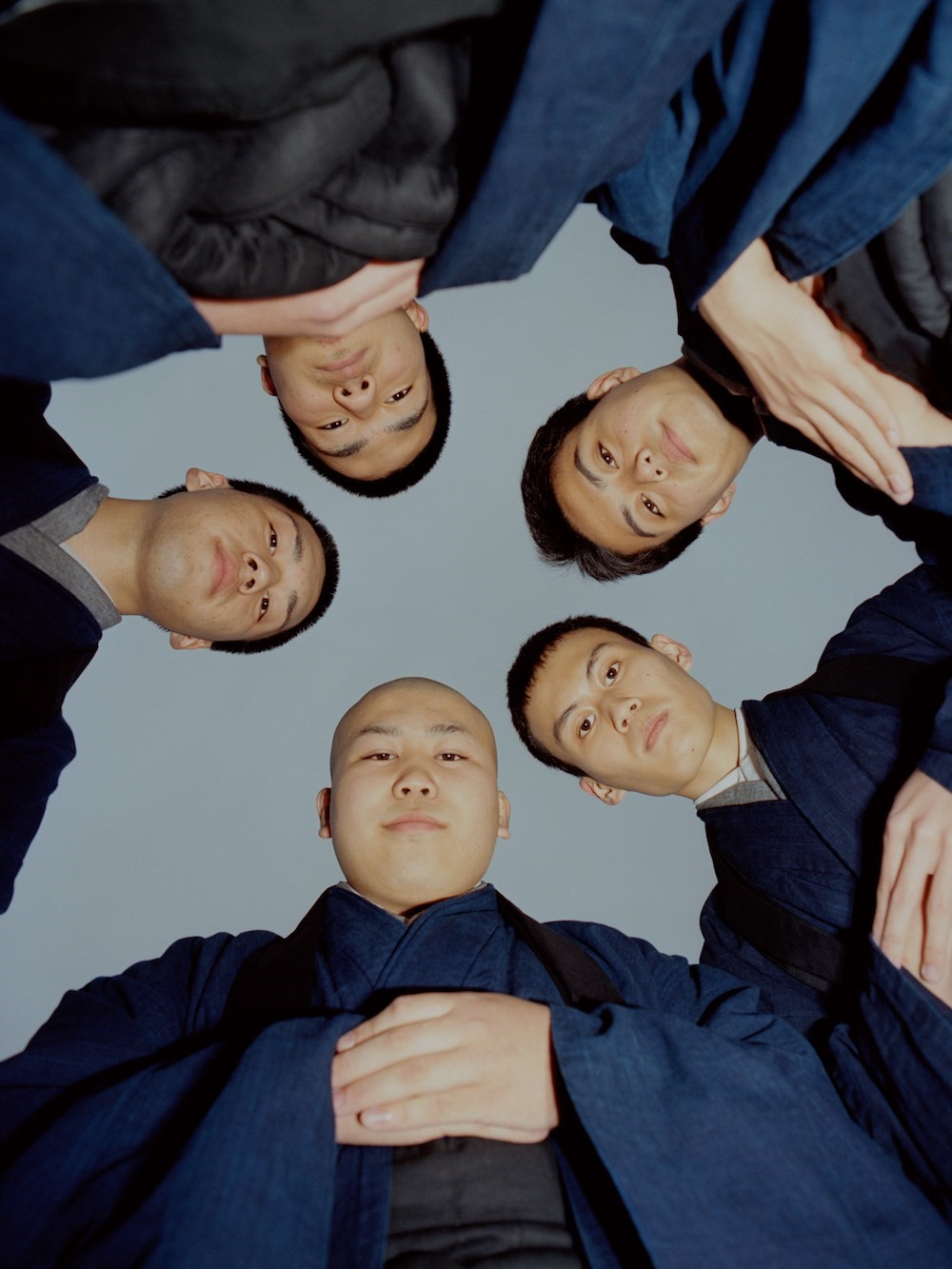
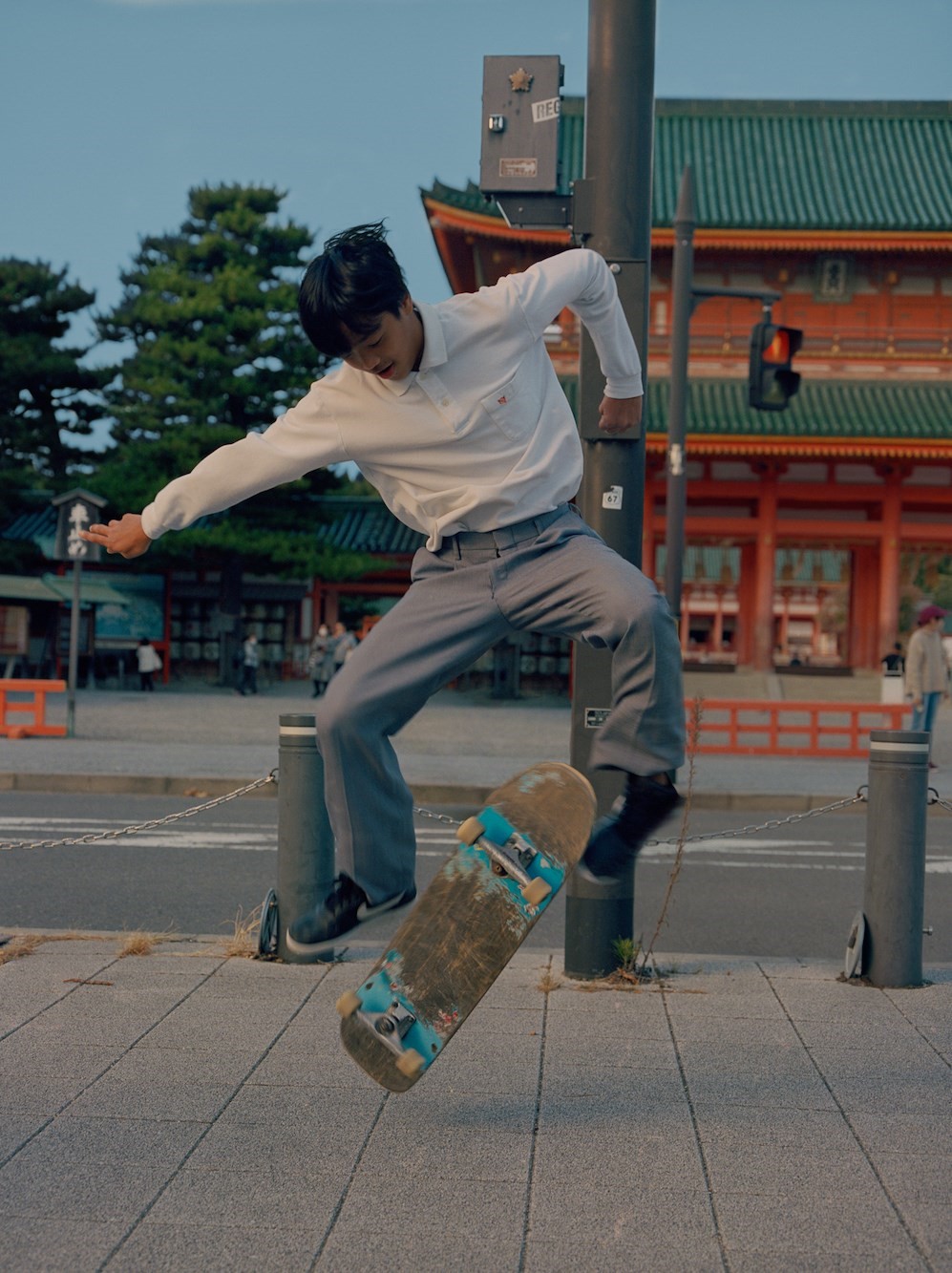
“Being in Kyoto was quite challenging for me because of a personal situation at the time. I really needed time to myself. The directors of Kyotographie live in a beautiful house in this very traditional neighbourhood in Kyoto, where their house is on top and underneath they have the Kyotographie cafe and another space that they sometimes rent out – that’s where I lived for two months. The house was in a shōtengai, which is sort of a traditional Japanese arcade, which in the old days was kind of a covered street where they have a bunch of shops: fishmongers, spices, tea. It felt like a really cute homemade residency.
“In other photographic projects of mine, like Naïvy, you can see that it’s about close friends. [For this project] I wanted to come from the place of the observer and intervene as little as possible. I’m very interested in teenage years and the passage between being a child and becoming an adult. I think teenagers in different cultures experience different difficulties. In Japan, something we hear a lot is that there are really high suicide rates and that there are really strong family expectations. I was just interested to see, what are the daily lives of these teenagers? How do they feel? I think compared to other projects, this one resembles more deadpan photography in that if you look at the portraits, they are all mostly static. I just wanted to photograph in the most neutral way.
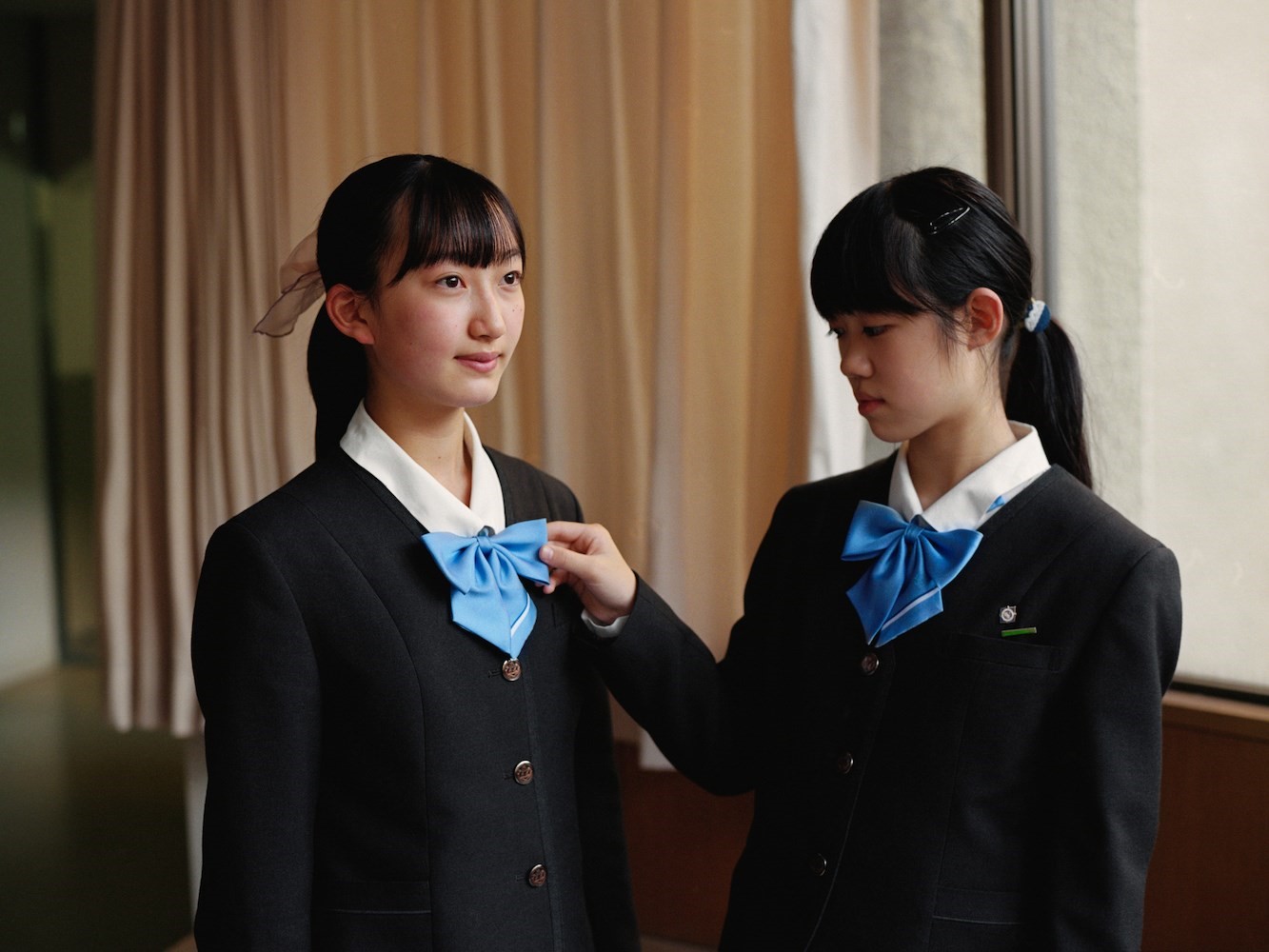
“I used to walk by this river very close to where I lived a lot where young people were always playing sports or getting together after school. I had finished taking my photos one day and I saw one boy with his skateboard [tucked behind] his backpack and asked to take his photo. I told him I had seen some kids skating in school uniform and I wanted to recreate that moment. He said he would help me, and on the day of the shoot, I arrived and he had organised 20 kids with skateboards. They all came in skater clothes but then all of a sudden, all these kids put on their school uniforms even though it was a Saturday. I wasn’t feeling great that day but just seeing that this guy had done all of that for the shoot [lifted my spirits].
“I also learnt a lot about maikos, a group I would have never been able to photograph if it weren’t for the partnership with Kyotographie. They’ve been portrayed incorrectly a lot as a sexual thing in the west, but in reality what they do is entertain people. They embody the ultimate expression of Japanese culture and attention to detail: they are so quiet, so calm, and so polite. When you’re in their presence they make you feel good instantly. They have to train for this for life – it’s something that they choose to do when they’re 14 or 15 years old. I don’t think it’s very understood in the West because our cultures don’t really have an equivalent. I wasn’t pro or against it, but just observing how their lives are.
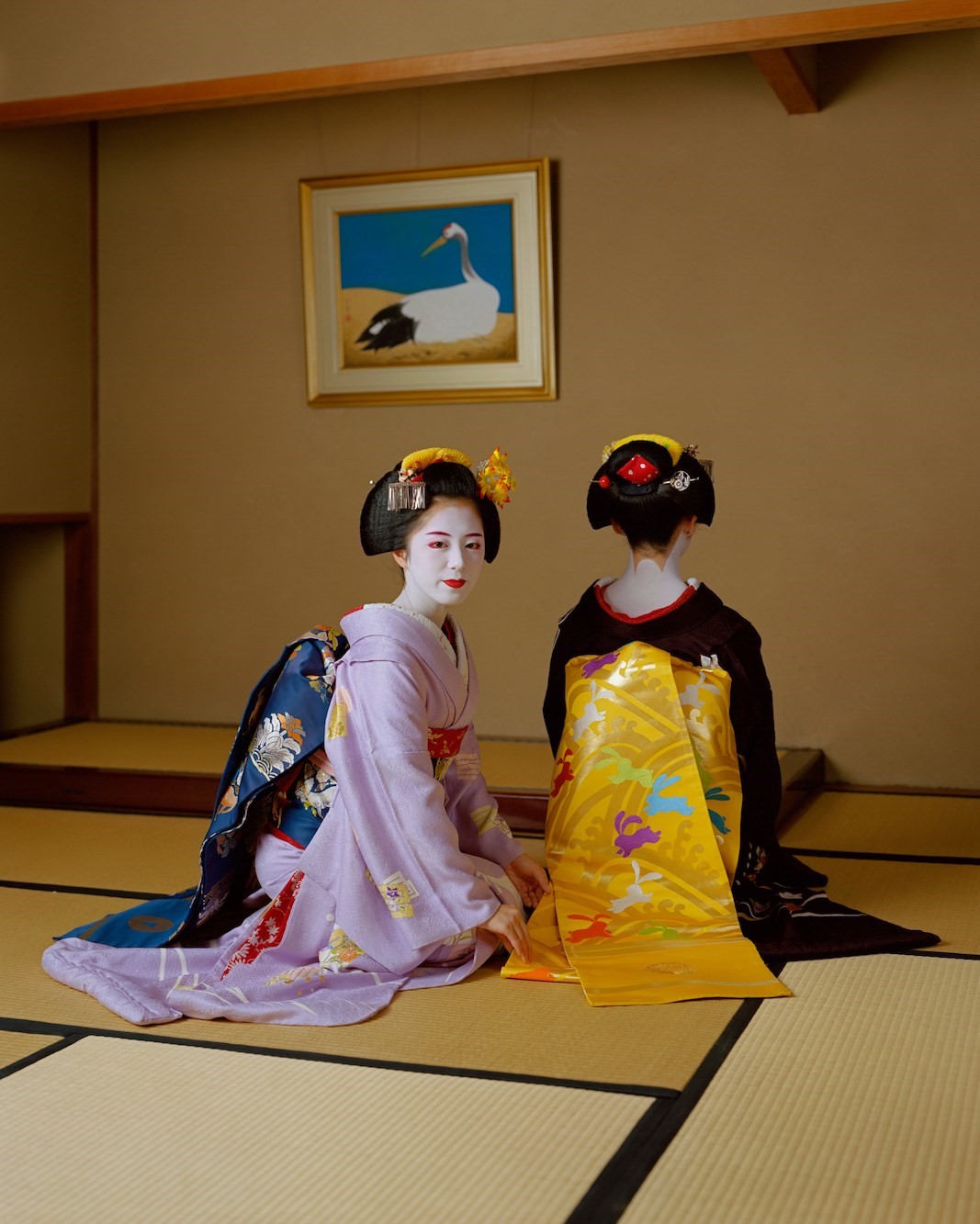

“I think the series more or less follows only one rule, which is having someone in the middle [of the frame]. I think that was also an intentional choice in the sense that I want it to be very easy to compare the different characters and I wanted the structure of the photographs to be very similar. So you can look at the monk, you can look at the maiko, you can look at the skater kid and you can see how they are all teenagers of similar age, but their context is so different within the same city.
“I think my perception of Japan has changed a lot through this project. I always saw Japan as a very beautiful place with nature and where design [is] so sophisticated. It was a romanticised idea of it, and I was more confronted with the reality of their daily lives. Problems are not discussed in public. [It felt like] there is an external face of things and that feelings are bottled up. But I found the general optimism and how everyone wanted to participate really moving. When I was there, I journaled a lot and I wrote down five observations of small things that moved me every day, whether it was a soup or when I met that skater boy who organised the shoot. It’s something I now try to practise every day. I had decided to go there and seclude myself a little bit, but now when I look back at the photographs I’m so happy.”
Ookini by Coco Capitán was created with the support of the Loewe Foundation and is on view at Kyotographie Festival in Kyoto from 15 April – 14 May 2023.
